CHARLES O. PERRY A GEOMETRIC SCULPTOR
Charles O. Perry (1922-2011) was a prolific sculptor who sought to explore paradoxes and enigmas posed by science through art. In this serious journey, he expressed scientific ideas and created a body of work highly influenced by mathematics. In doing so, Perry became recognized internationally for over one hundred public art commissions throughout the United States, Japan, Australia, Singapore, and Saudi Arabia.
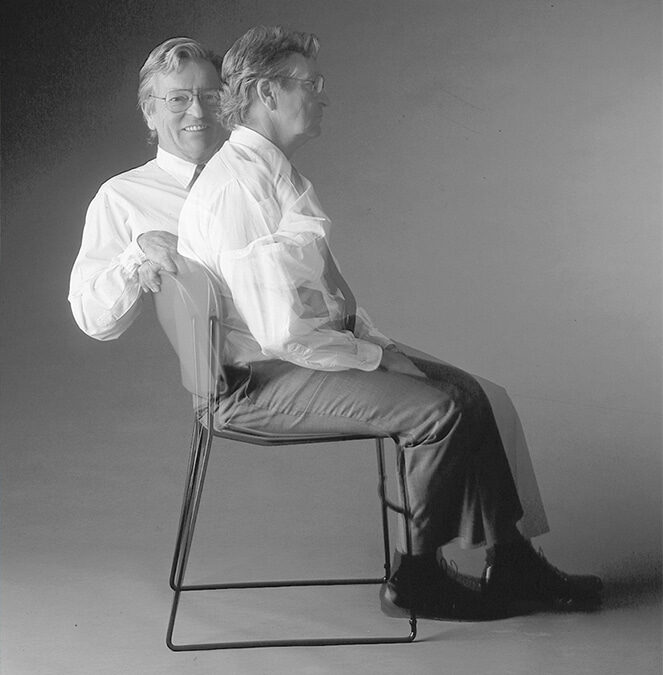
Charles O. Perry
Charles O. Perry showcased a profound creative and inventive capacity from his formative years. Even during his military service in Korea, he demonstrated his ingenuity by creating a telescope that provided him with an extensive view of the land ahead. This remarkable invention solidified his passion for art and architecture, leading him to pursue his studies at Yale University. His exceptional portfolio of paintings allowed him to bypass college and enter graduate school directly. At Yale, Joseph Alberts, Chairman of the Art School, mentored him and encouraged Perry to play with materials and discover their true nature.
After receiving a master’s degree in 1958 from the Yale School of Architecture, Perry went to work for the San Francisco firm Skidmore, Owings, and Merrill. He worked on sculptures at home, and in 1964, an exhibition of his work in San Francisco won him his first public art commission from the city of Fresno, California.
Charles O. Perry admired the work of essential biologists and mathematicians such as D’Arcy Wentworth Thompson. He acknowledged being influenced by Thompson’s book “On Growth and Form” in his school years, which allowed him to identify his interest in organic forms and structures.
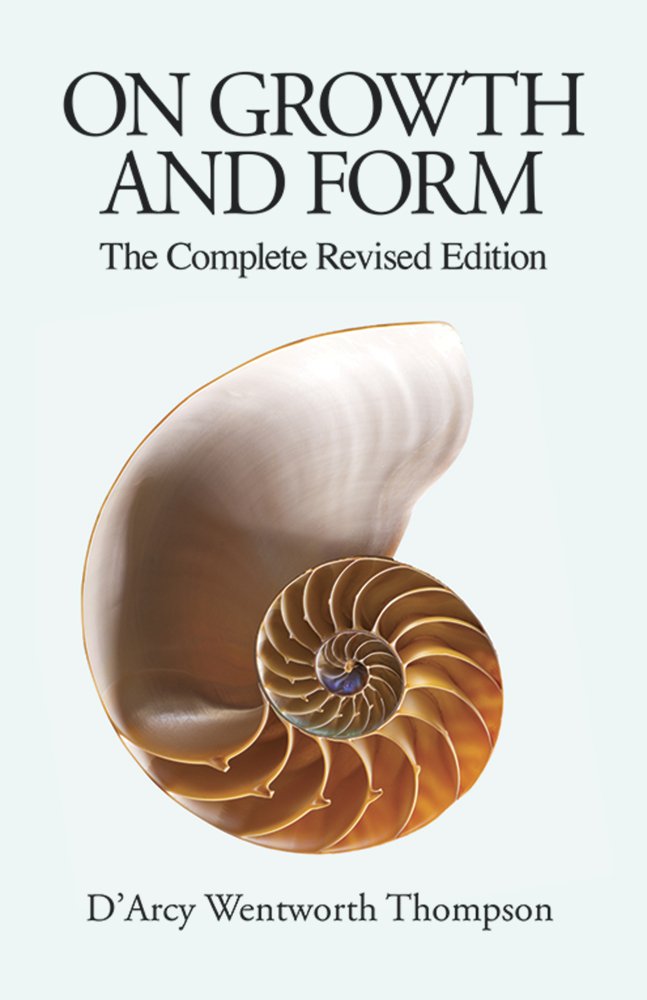
D’Arcy Wentworth Thompson
On Growth and Form
1942
https://m.media-amazon.com/images/I/61MkCD16JQL._CR0%2C0%2C0%2C130_.jpg
His work reflects this fascination with the challenges and possibilities of translating the principles of science, mathematics, topology, and geometry into art.
The difference between the artist and the scientist is that the scientist uses intuition to look toward finding the facts, while the artist uses intuition to intrigue others,” Perry contends. “Thus, I remain here on the edge of science, encouraged to make these sculptures that attempt to speak of the orders of our universe.
The Continuum
Charles O. Perry received the Prix of Roma award for architecture in 1964. In the same year, he settled in Italy to pursue an academic career. His extensive work there allowed him to carry out over one hundred public art commissions throughout the United States, Japan, Australia, Singapore, and Saudi Arabia.
Not limited to sculpture, Perry’s creative genius extended to chair design. He crafted three unique IBD prize-winning chairs, each a testament to his innovative approach. His patents on chair design are licensed to industry leaders Krueger International, Steelcase, and Virco. Perry’s creativity knew no bounds, as he also designed a collection of jewelry and silver objects for Tiffany, puzzles for the Museum of Modern Art, and a chess set now housed in the Design Collection of MoMA.
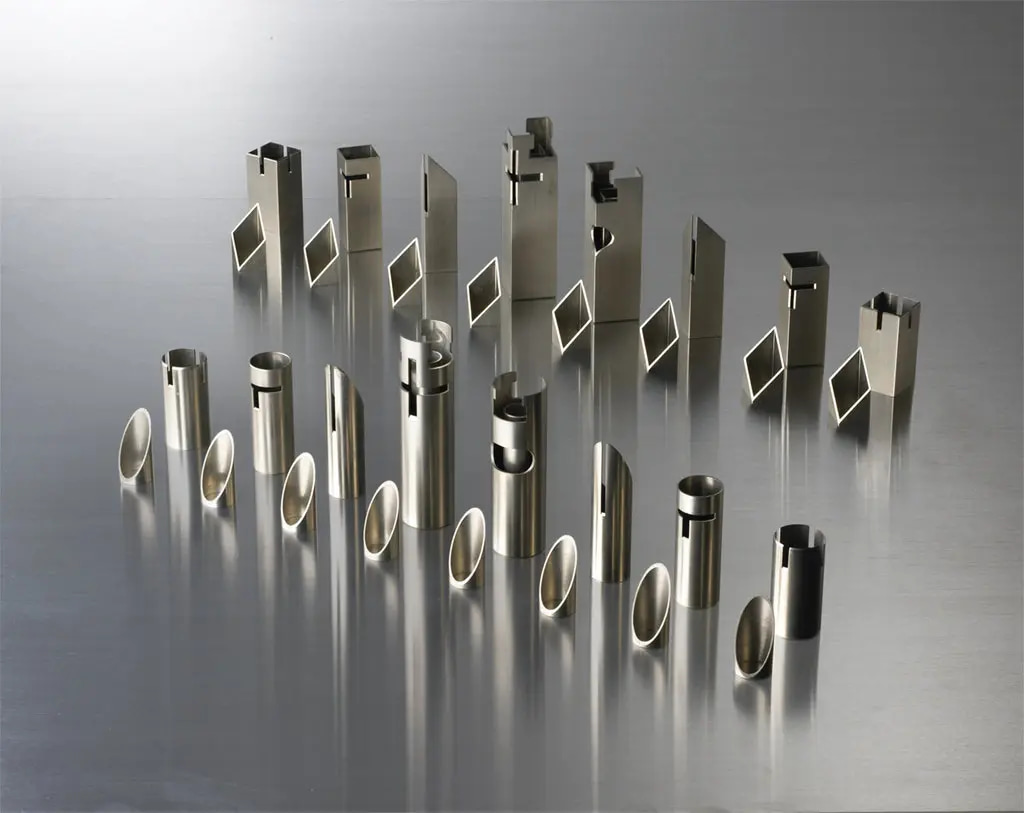
Charles O. Perry
“The Tubular Chess Set”
Museum of Modern Art’s permanent Design Collection
In 1976, Perry created the “Continuum” for the new Air and Space Museum in Washington, DC. This topological whimsy plays with the peculiarities of the Möbius strip, which has a continuous surface and an edge. “In this case, the edge of the sculpture portrays the path of a star as it flows through the center of the sculpture’s ‘black hole’ into negative space-time and on again into positive space,” Mr. Perry told Ivars Peterson for the book “Fragments of Infinity: A Kaleidoscope of Math and Art” (2001)
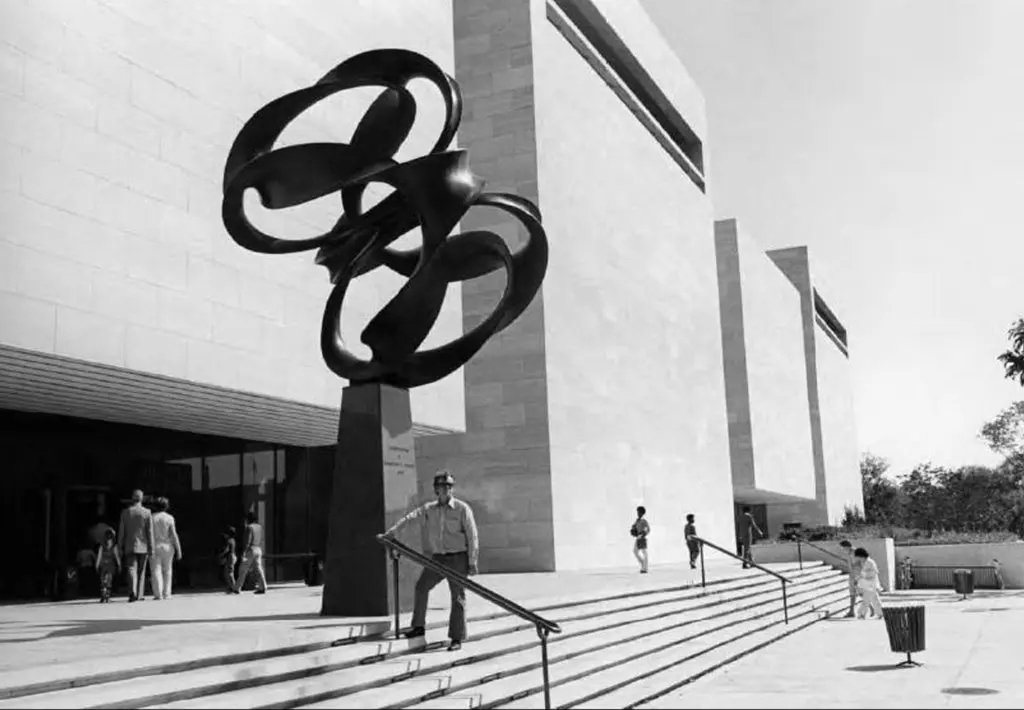
Charles O. Perry with his work “Continuum” at the entrance to the Smithsonian’s National Air and Space Museum 1976


“Continuum” by sculptor Charles O. Perry located in front of the National Air and Space Museum in Washington, DC, United States.
Public Domain
In 1977, Perry returned to the United States, settling in Norwalk, Connecticut, where he continued to innovate, designing and developing the models of sculptures that would later adorn landscapes across the nation.
Forth
In the early 1980s, Perry was commissioned to make a piece for the Stamford Town Center, a large shopping mall central to the city that was in the process of being built. The 30-foot tall and 14-foot wide sculpture, called Forth, was bolted to the ground using three-foot-like structures to support its weight. Due to its size and construction, the sculpture was installed while the mall was being built around it.
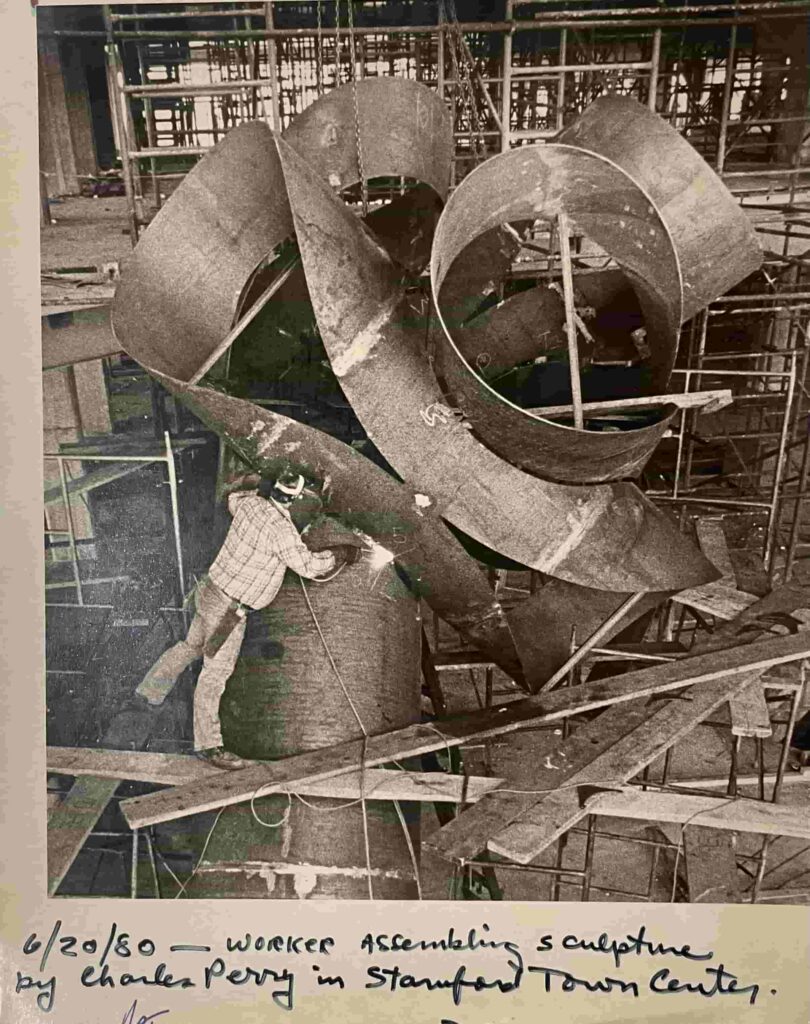
Forth
Work assembling sculpture by
Charles O. Perry
1980
Stamford Town Center
Perry, with his unique artistic vision, aimed to provoke a reaction from viewers with his sculpture. He wanted them to look at it and say, “What the hell is that?” His intention was to hit people between their eyes, to give them a tingle. The piece, a fixture on the southern side of the mall for decades, was unfortunately removed in 2007 during the mall’s expansion.
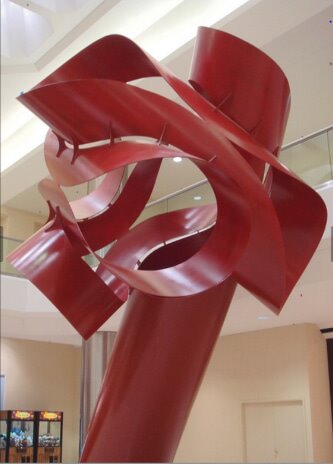
Forth
Charles O. Perry
1980
After nearly a decade of neglect, the Alvarez Gallery discovered the sculpture and stepped in to salvage it. The Gallery, recognizing the historical and cultural significance of the piece, was eager to find it a new home but first needed to restore it to its former glory. This restoration process will include sandblasting, chemically treating the steel, and repainting it.

Forth
Charles O. Perry
Fernando Luis Alvarez Gallery

Forth
Charles O. Perry
Fernando Luis Alvarez Gallery
The restoration of Forth is an act to preserve both history and culture. The work itself is the culmination of science and math turned into artwork. Perry’s significance in art history, as well as his intelligent work, continues to influence many artists today and remains a work by one of the most essential artists in Connecticut’s history.

Forth
Charles O. Perry
Fernando Luis Alvarez Gallery
Visitors
